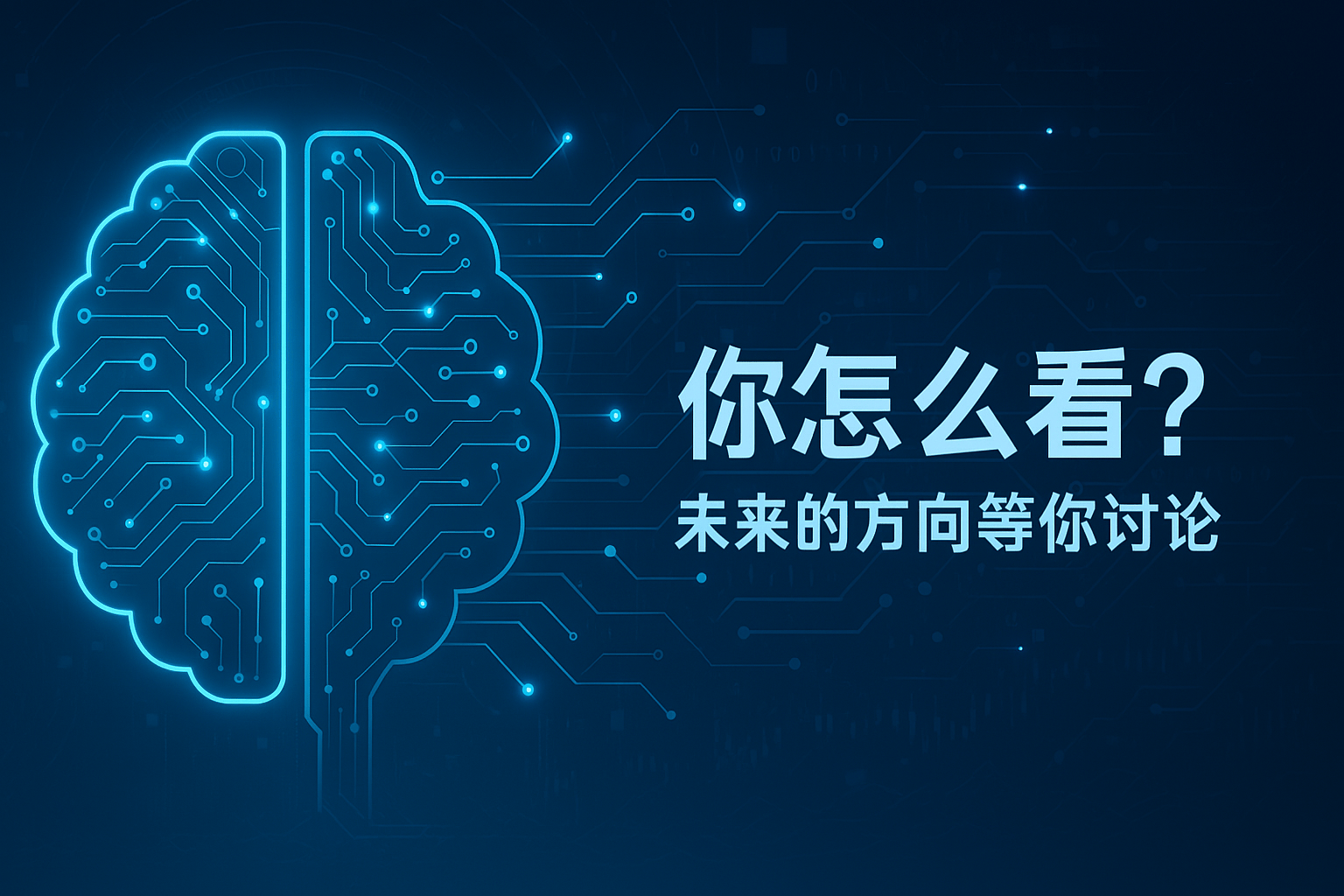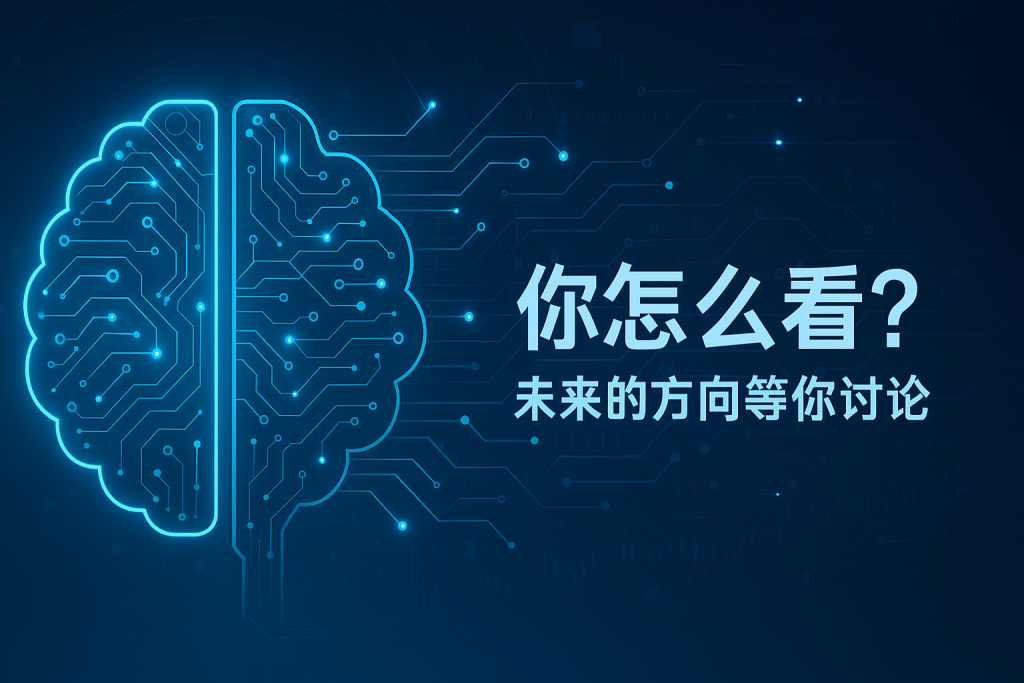As artificial intelligence technology rapidly evolves, hot news in the AI field emerges continuously. This issue of AI Dailywill focus on recent noteworthy advancements in AI technology, covering various areas such as image generation, video production, and 3D digital humans, providing in-depth interpretations for developers and industry observers.
Tencent Hunyuan Image 2.1 Open Source, Upgraded Image Generation
Tencent Hunyuan has released the latest live image model “Hunyuan Image 2.1,” which stands out for its support of native 2K resolutionimage generation and boasts strong complex semantic understanding and cross-domain generalization capabilities, while also supporting both Chinese and English input along with high-quality text generation. Notably, this model has been open-sourced on HuggingFace and GitHub, offering visual creators more efficient tools for creation and laying a solid foundation for the future development of multimodal image generation models. This open-source initiative will undoubtedly promote technological advancements in the AI painting field, lower development thresholds, and facilitate open-source collaboration.
Breakthroughs in Video Generation and 3D Digital Human Technology
The AI video generation field has also seen new advancements. Aishi Technology has completed a $60 million Series B financing round, led by Alibaba, setting the largest financing record in the domestic video generation sector. Its self-developed video generation model, PixVerse V5, has performed excellently in the image-to-video domain, surpassing 100 million users. Meanwhile, Freepik has launched the Doubao Seedream 4.0 image model, supporting the generation of 2K and 4K high-resolution images, providing users with a superior creative experience. On another front, the Tsinghua team has open-sourced the GUAVA technology, which can generate a 3D digital human from a photo in just 0.1 seconds, undoubtedly accelerating the application of 3D digital humansin self-media, live streaming, e-commerce, and other fields.
Dynamics of Large Models and AI Toolchains
In addition to the image and video generation fields, the large model domain continues to innovate. The Qwen3-Next-80B-A3B-Instruct model launched by Alibaba’s Tongyi Qianwen team adopts a MoE expert mixture architecture, significantly reducing computational costs and resource consumption while maintaining powerful functionality, achieving inference speeds over ten times faster than Qwen3-32B. Additionally, Microsoft is actively adjusting its AI supply chain, starting to introduce Anthropic’s AI technology into Office365, reflecting its emphasis on diversifying the AI supply chain and its ongoing exploration of AI toolchains. Meanwhile, the AI browser FellouCE has been released, aiming to simplify user workflows and enhance work efficiency through natural dialogue and seamless experiences.
API Openness and Future Industry Outlook
Freepik has launched the Seedream 4.0 API, facilitating large-scale image processing. The Claude assistant has also added the capability to directly generate and edit various office documents, further enhancing user productivity. These initiatives highlight the importance of API opennessin promoting the popularization and application of AI technology. As technology continues to advance, the application of AI in various fields will become more widespread and in-depth. In the future, we may see more innovative AI products and services emerge, bringing greater convenience to our lives and work.
What areas do you think will experience explosive growth in AI technology in the future?
 返回搜狐,查看更多
返回搜狐,查看更多
平台声明:该文观点仅代表作者本人,搜狐号系信息发布平台,搜狐仅提供信息存储空间服务。

